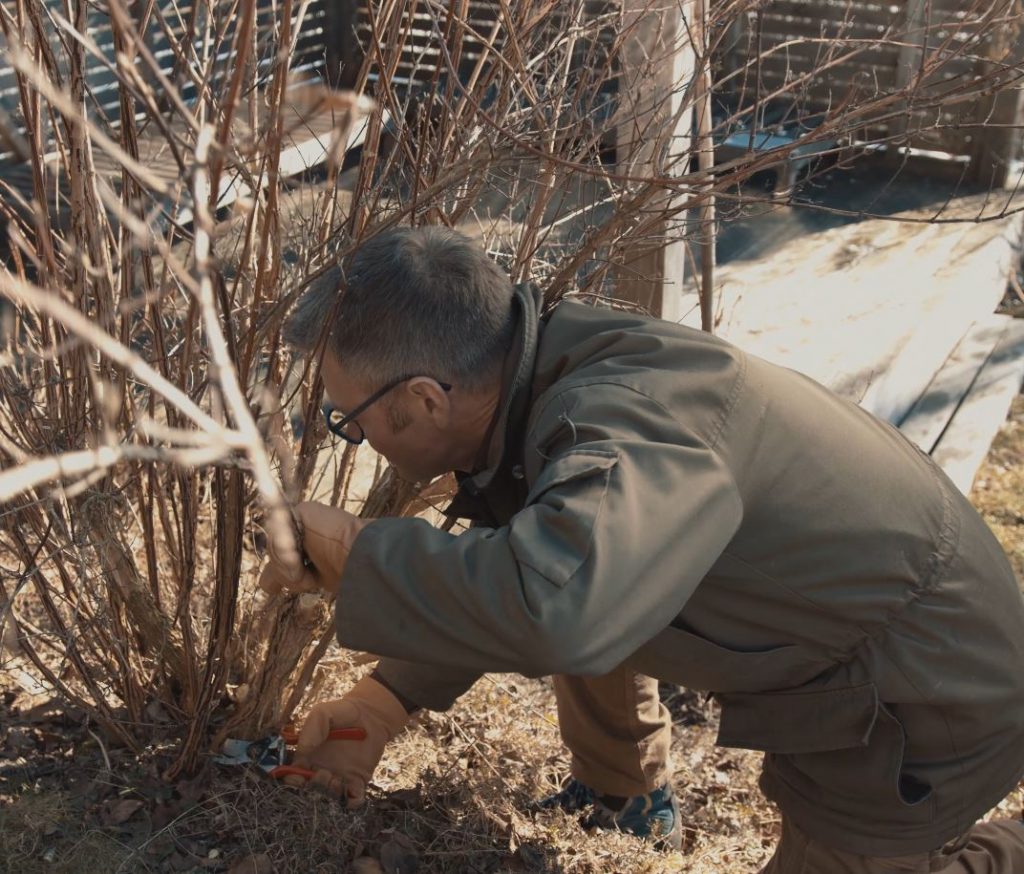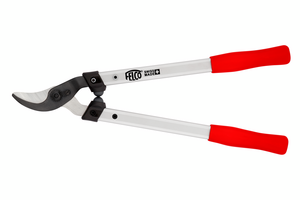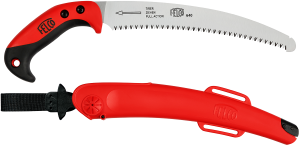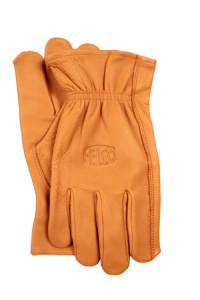
Jean-Luc Pasquier, Master Gardener and #FELCOLover

In nature, plants get rid of branches and leaves that no longer serve their purpose or are affected by pests. In the garden, pruning is used to quickly remove these parts, but it is mainly used to maintain the size of the plants or to stimulate their flowering.
During the vegetative rest period, the structure of deciduous plants freed from their foliage is clearly visible and offers good accessibility for pruning tools. Our garden expert Jean-Luc Pasquier explains: "When pruning trees or shrubs or a living hedge, the aim is either to maintain the shape of the bushes or to return them to the desired size. Removing a few branches will also allow the vegetation to rejuvenate and to air the plants a bit.
"But before intervening, it is important to think carefully by observing the subject or a hedge as a whole. This overview will help you to determine how to intervene or which shrubs will need to be pruned and by how much," continues the specialist. In addition, you should know that you can also leave early flowering shrubs such as forsythia or lilac alone and only prune them towards the end of April or beginning of May, just after they have bloomed.
Afterwards, each plant is observed once more. The expert insists: "Here, I always ask myself the question: what am I going to keep? This is to ensure that I keep the most beautiful and best distributed branches to maintain a harmonious shape and a good balance between the generations of the structural elements. For rejuvenation, it is therefore a matter of identifying the oldest branches. They can be recognised by their larger size, their strong branching and the crumpled appearance of the bark, which is often covered with moss and lichen.
Jean-Luc Pasquier recommends, "As a general rule, I remove about a third of these very old branches, which makes it possible to maintain a good ratio between the young branches and those that are a little older and structural. And to remove these branches at the base, it is a question of using a suitable tool such as a new generation pruner. For larger cuts, a saw should be used to quickly remove branches up to 12 cm in diameter. "Finally, for repetitive pruning of large sections, such as in trees or long hedges, the use of electric pruning shears allows you to make progress while limiting the strain on your hands," concludes the expert.
Jean-Luc Pasquier's tool selection :
This latest generation loppers offers the perfect balance of power and maneuverability to meet your pruning needs.

This ergonomic pruning shear is easy to use and maneuverable, while maintaining a precise and surgical edge.

This curved pull-strop saw delivers serious cutting efficiency.

The FELCO 822 electric pruning shears are very powerful, cutting through hardwood up to 45mm / 1.8 inch in diameter with ease, meeting the toughest demands of horticulture, parks and gardens, nurseries, viticulture and forestry.

Made of high quality, puncture-resistant leather, these gloves are ideal for heavy work, pruning in horticulture, gardening and fruit-growing.

A passionate gardener since his childhood, Jean-Luc Pasquier is a complete horticulturist with a diploma from Lullier in the canton of Geneva. He continued his training in Oeschberg in the canton of Bern where he obtained his diploma and then his federal master's degree. He is a lecturer for plant knowledge in the framework of higher horticultural training. He is also a consultant and horticultural columnist. Passionate about roses, he presides over the International New Rose Competition of Nyon and the group of rose breeders within the World Federation of Rose Societies.

